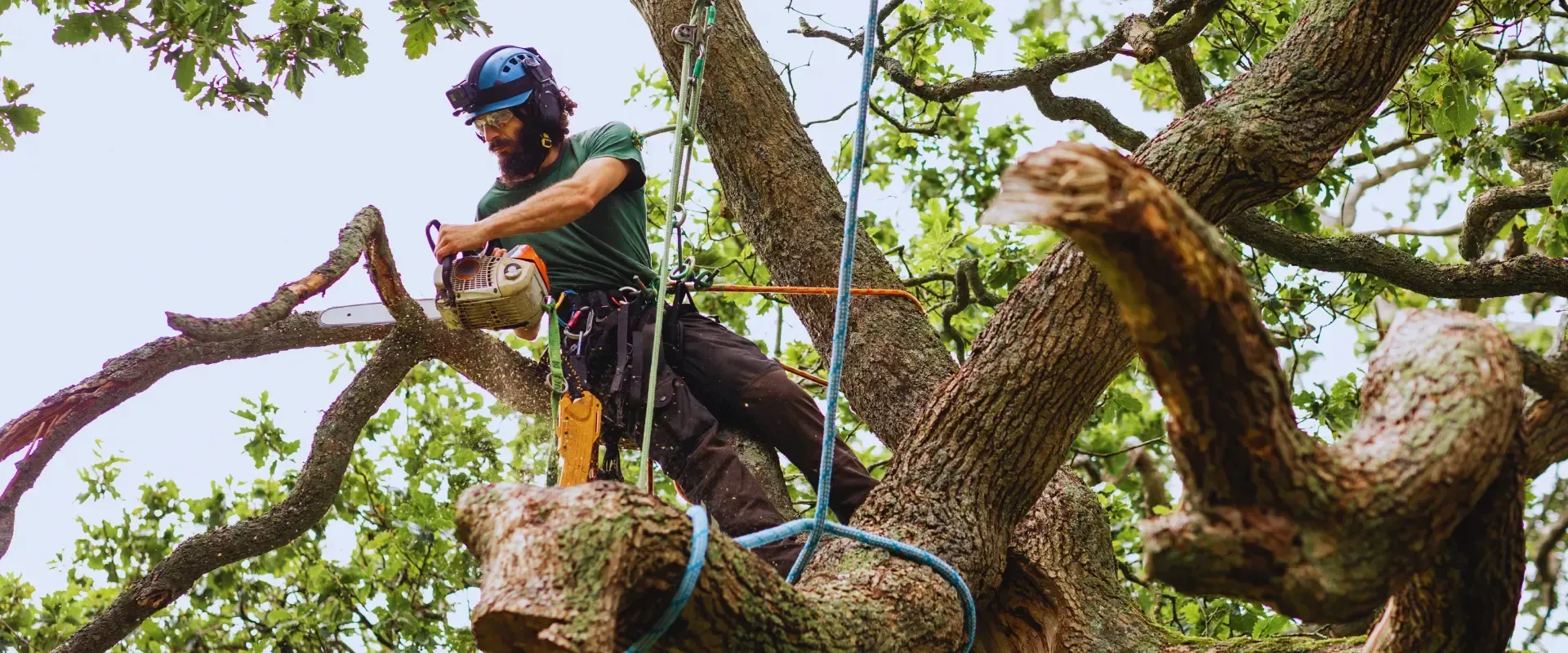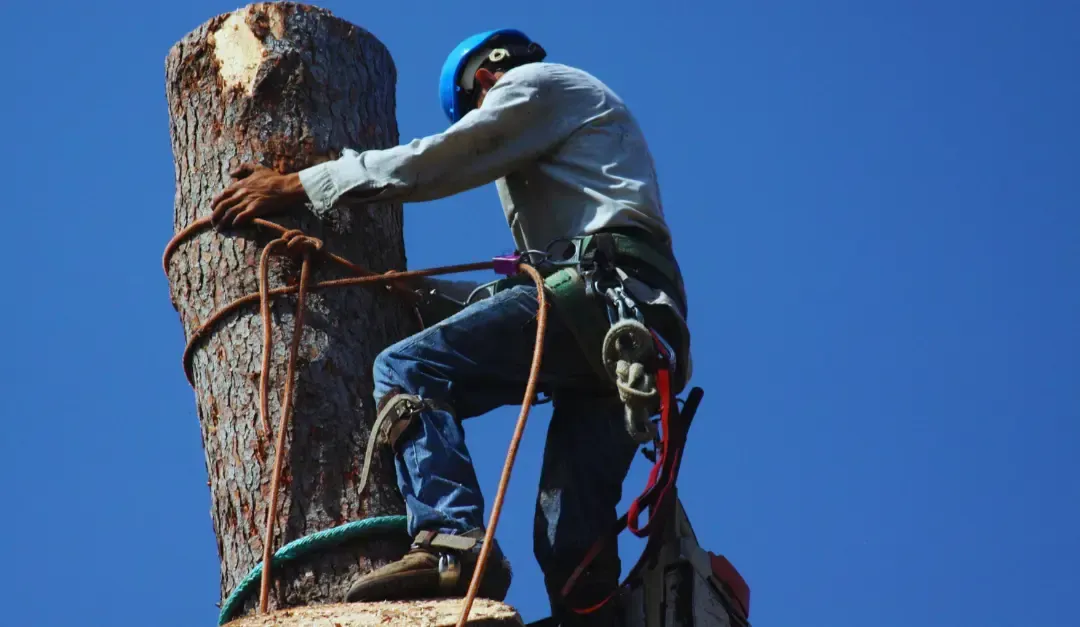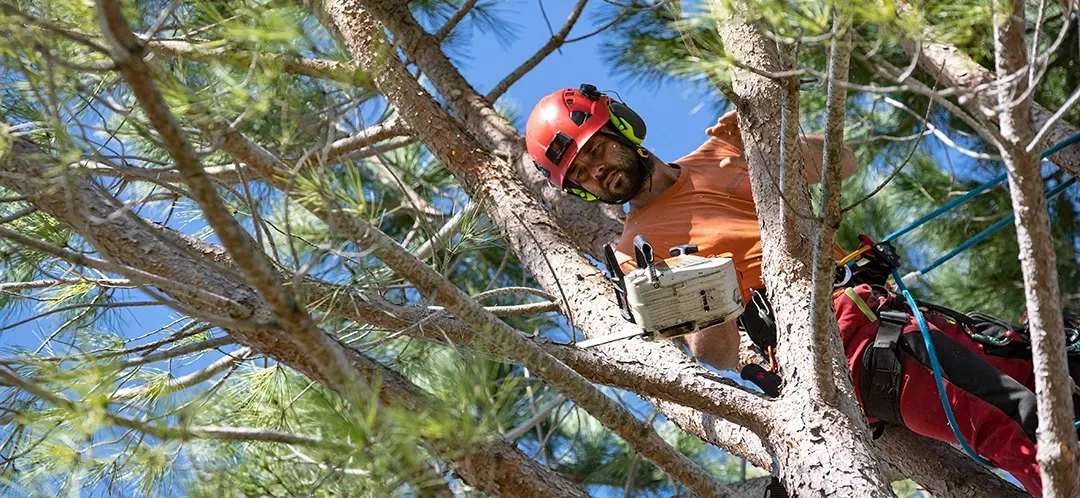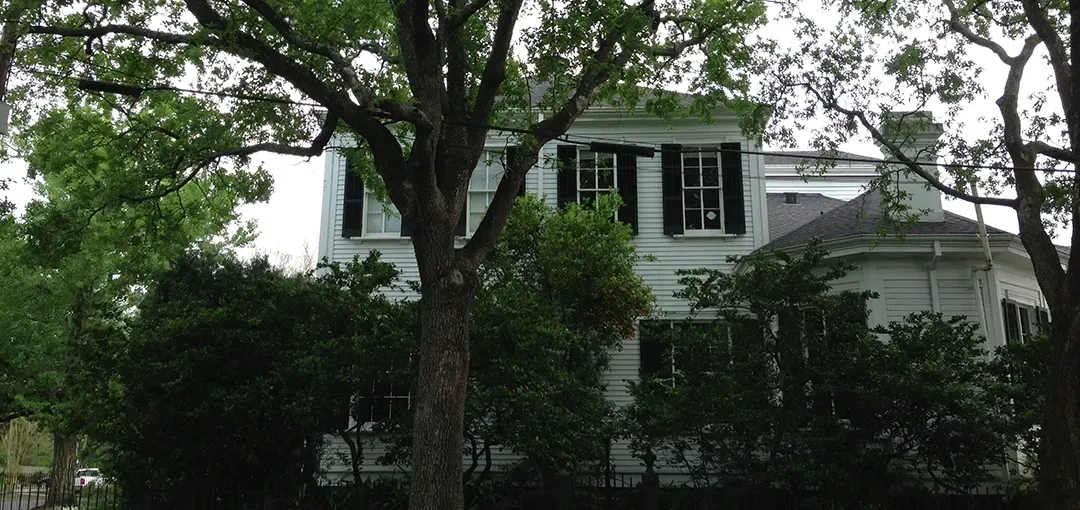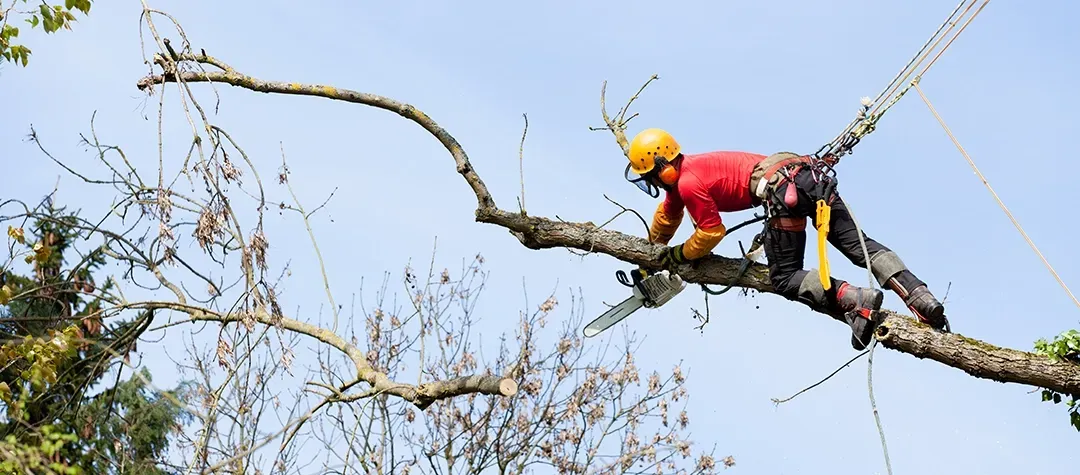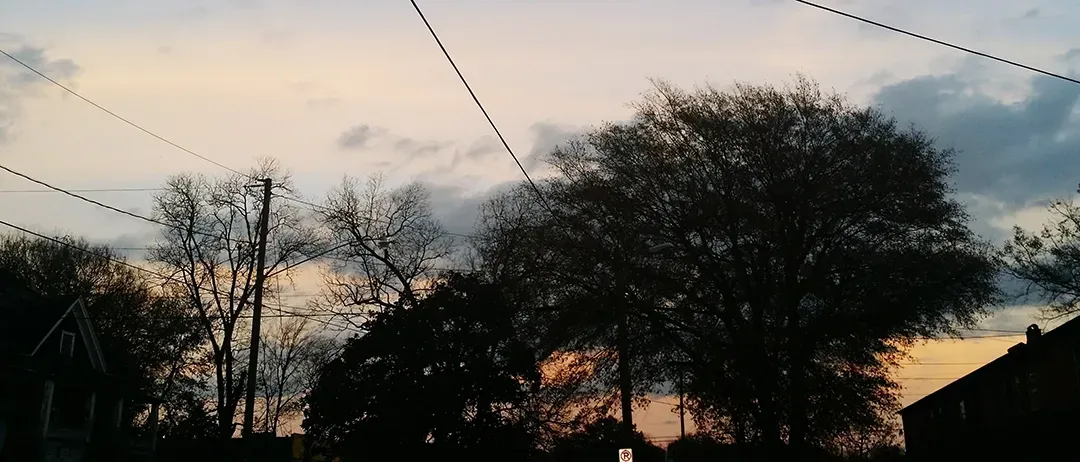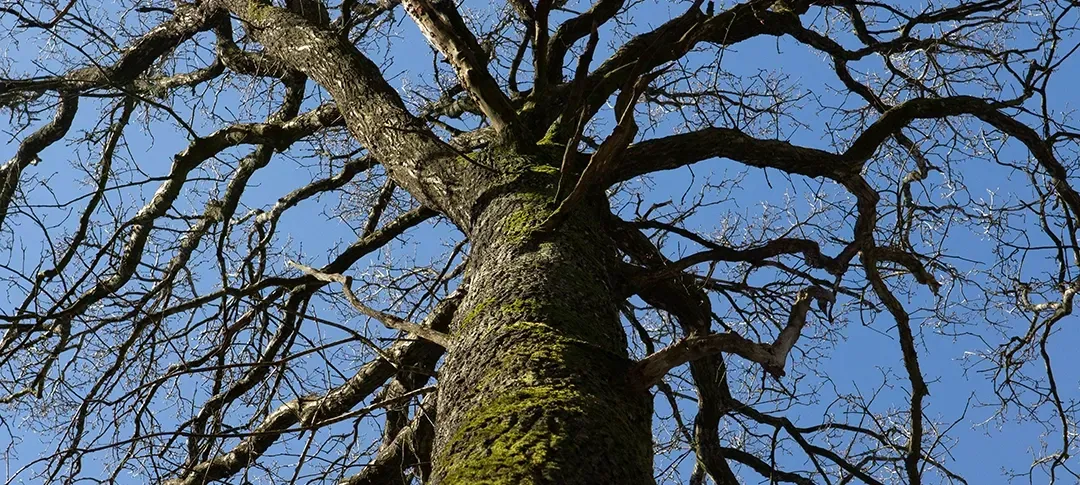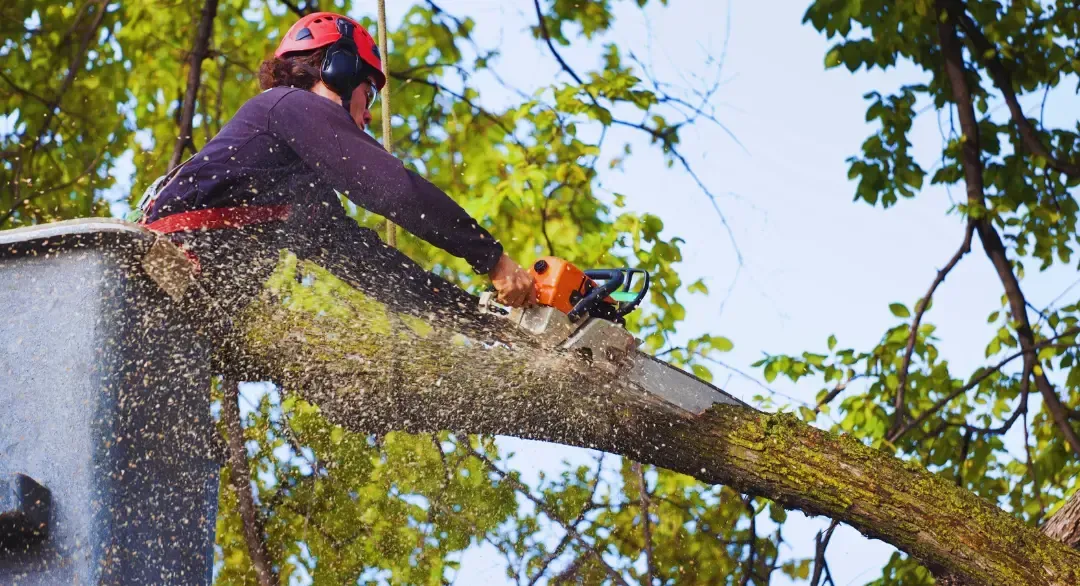Fostering a Healthy Tree Canopy at Home
As a resident of Southern California, I know how important it is to maintain a thriving tree canopy around our homes. Trees not only add beauty and character to our neighborhoods, but they also provide invaluable benefits like improved air quality, reduced energy costs, and enhanced wildlife habitats. That's why I'm excited to share my tips for fostering a healthy tree canopy at home
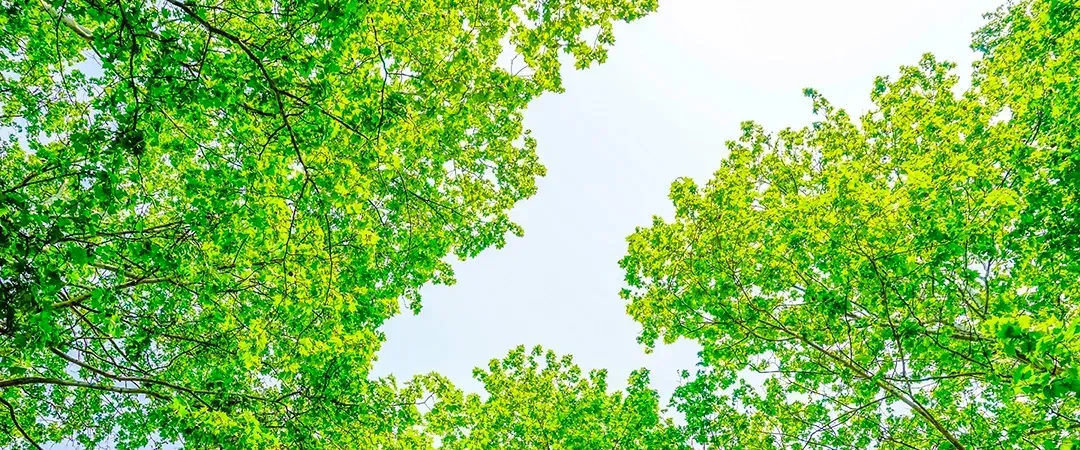
What is a Tree Canopy?
The tree canopy refers to the layer of tree branches, leaves, and stems that cover the ground when viewed from above. A robust and diverse tree canopy is a sign of a healthy, vibrant ecosystem. In Southern California, common tree species that contribute to the canopy include oak, sycamore, and eucalyptus trees.
Why is a Healthy Tree Canopy Important?
A well-maintained tree canopy offers numerous advantages for homeowners and the local community. Trees help filter air pollutants, absorb stormwater runoff, and provide cooling shade that can reduce energy costs. They also create habitats for birds, insects, and other wildlife, contributing to the overall biodiversity of the area.
How to Establish a Healthy Tree Canopy
Select the Right Trees
When planting new trees, choose species that are well-suited to the local climate and soil conditions. Consider factors like mature size, water needs, and sun exposure to ensure the trees thrive.
| Tree Type | Benefits |
|---|---|
| Oak Trees | Long-lived and provide excellent shade. |
| Sycamore Trees | Fast-growing and great for larger spaces. |
| Palm Trees | Iconic and low-maintenance. |
| Citrus Trees | Produce fruit and add a vibrant look. |
Proper Planting and Care
Ensure trees are planted at the correct depth and provide them with the necessary water, mulch, and pruning to support healthy growth. Regular maintenance, such as removing dead or damaged branches, is crucial.
- Choose the Right Spot: Make sure the location gets enough sunlight and has well-drained soil.
- Dig the Hole: Dig a hole twice as wide as the root ball but no deeper.
- Position the Tree: Place the tree in the hole, ensuring the root flare is level with the ground.
- Backfill: Fill the hole with soil, gently tamping it down to eliminate air pockets.
- Watering: Water the tree thoroughly after planting.
Diversify the Canopy
Aim for a mix of tree species and ages to create a resilient and visually appealing canopy. This helps mitigate the risk of widespread damage from pests, diseases, or extreme weather events.
Protect Existing Trees
Safeguard mature trees on your property by avoiding soil compaction, root damage, and excessive pruning. These established trees are the foundation of a healthy canopy.
Watering and Mulching
Proper watering is crucial, especially in the early stages. Here’s what I recommend:
- Young Trees: Water deeply twice a week during dry periods.
- Established Trees: Water deeply once a week.
- Mulching: Apply a 3-4 inch layer of mulch around the base of the tree to retain moisture and suppress weeds.
Pruning and Maintenance
Regular pruning helps maintain the shape and health of your trees. Here’s how to do it right:
- Timing: Prune during the dormant season (late winter or early spring).
- Technique: Remove dead or diseased branches, and thin out crowded areas to improve air circulation.
- Tools: Use clean, sharp tools to make precise cuts.
Monitoring for Pests and Diseases
Keeping an eye out for pests and diseases is essential. Here are some common issues in Southern California:
- Aphids: Small, sap-sucking insects that can cause leaf curl and stunted growth.
- Borer Beetles: Insects that bore into the wood, causing structural damage.
- Fungal Infections: Look for discolored or wilting leaves.
For severe infestations or diseases, consider consulting a professional tree service.
When to Maintain the Tree Canopy
The best time to perform major tree maintenance, such as pruning or removal, is during the dormant season, typically late fall or winter. This minimizes stress on the trees and reduces the risk of disease or pest infestations.
Conclusion
Fostering a healthy tree canopy at home is a rewarding and impactful way to contribute to the overall well-being of our Southern California community. By selecting the right trees, providing proper care, and protecting existing specimens, we can enjoy the many benefits of a thriving urban forest for years to come. Remember, a little effort goes a long way in cultivating a lush, sustainable tree canopy.
Key Takeaways
- A healthy tree canopy provides numerous environmental and economic benefits.
- Proper tree selection, planting, and maintenance are crucial for a thriving canopy.
- Diversifying the canopy with a mix of species and ages enhances resilience.
- Protecting existing mature trees is essential for a robust and established canopy.
- Perform major tree work during the dormant season for optimal tree health.
FAQ
How often should I prune my trees?
The frequency of pruning depends on the tree species and its growth rate. As a general guideline, most trees should be pruned every 2-3 years to remove dead, damaged, or crossing branches.
Can I plant trees under power lines?
No, it's best to avoid planting trees directly under or near power lines. Choose tree species with a mature height that will not interfere with the overhead lines.
How much water do my trees need?
Water needs vary depending on the tree species, climate, and soil conditions. Newly planted trees typically require more frequent watering, while established trees may only need deep watering every 2-3 weeks during dry periods.
What are the benefits of mulching around trees?
Mulching helps retain moisture, suppress weeds, and improve soil quality around your trees.
How do I know if my tree has a disease?
Look for signs like discolored or wilting leaves, unusual growth patterns, or the presence of pests.
Remember, a little effort goes a long way in fostering a healthy tree canopy. Happy gardening!
